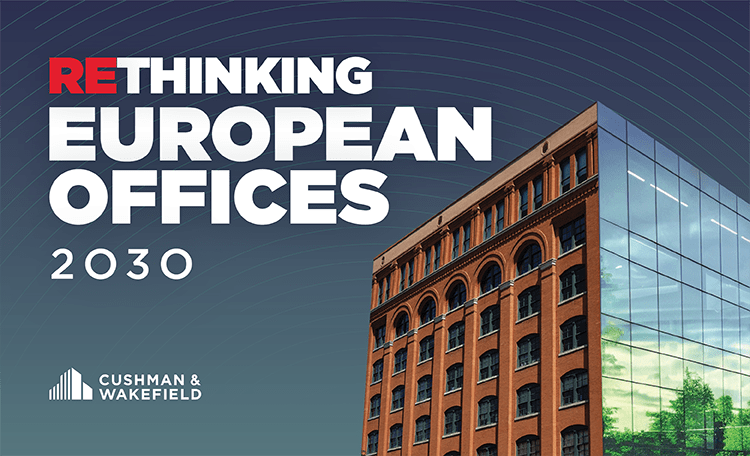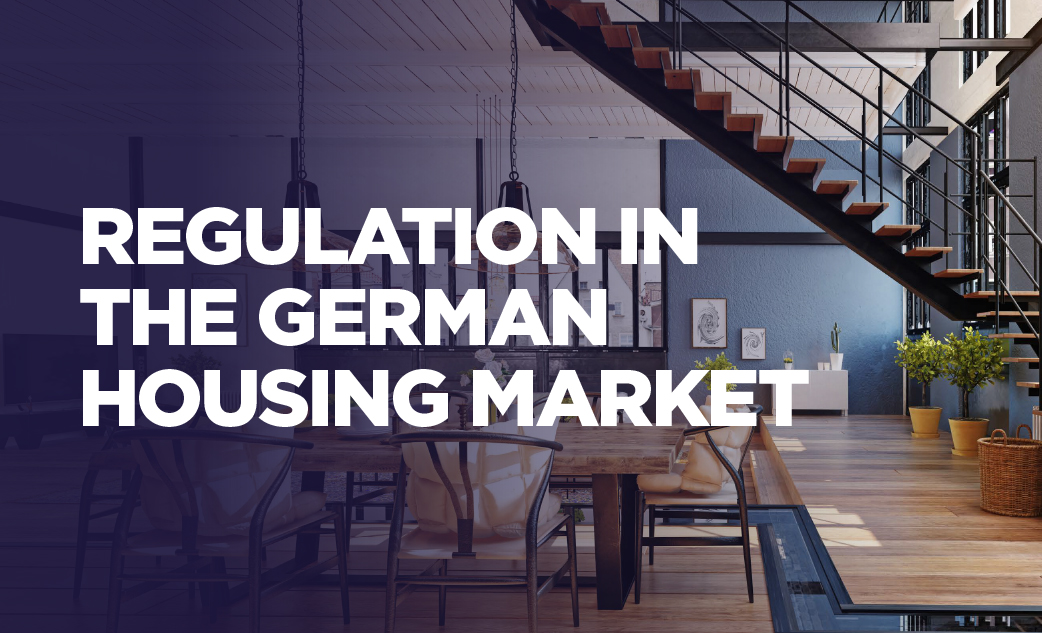Cushman & Wakefield, one of the largest real estate consultancy firms worldwide, has published a report on the development of food halls in Europe. The report ‘Food Halls of Europe’ reveals a significant increase in these culinary concepts. Over the past seven years, the number of food halls in Europe has risen by nearly 50 per cent, from 90 in 2017 to the current figure of 133.
Food Halls Are Not Food Courts
The term ‘food hall’ has yet to be generally defined in Europe, but the underlying concept is gaining popularity: diverse, a variety of freshly prepared, authentic food and drink enjoyed in a communal setting. This definition excludes outdoor eateries, outlets primarily selling unprepared foods, and traditional food courts in shopping centres.
‘A successful food hall is characterised by a high-quality, preferably local and sustainable food offering, along with the integration of local history, architecture and culture. This makes a food hall an attraction that draws visitors and plays a central role in the city's landscape,’ explains Helge Zahrnt, Head of Research & Insight Germany at Cushman & Wakefield.
Growth and Expansion
The spread of food halls has significantly accelerated from 2017 to the present day. The United Kingdom and France lead the European market, with 42 and 20 food halls respectively. In Germany, their number has also grown considerably, from 3 to 8 food halls. This expansion highlights the growing interest and potential of this segment in Europe.
Multifunctional Use and Social Hubs
This success is also due to the fact that food halls are increasingly evolving into multifunctional social spaces. In addition to the central food offer, they host cooking classes, corporate events, and other activities. Integrated bars support the operators economically and help create a vibrant social environment. The development of new formats, such as food halls in transport hubs or residential neighbourhoods, is particularly noteworthy. These new locations offer both travellers and residents a diverse range of food and social activities. Andreas Siebert, Head of Retail Investment Germany at Cushman & Wakefield, emphasises: ‘Food halls have become social hubs that foster interactions, thereby increasing the length of time visitors stay, which in turn has a positive impact on sales.’
Germany in Focus
In Germany, the number of food halls has more than doubled from 3 to 8 since 2017. This growth reflects the rising interest in culinary experiences and social meeting places. German food halls are distinguished by their variety and the quality of the food on offer. They contribute to the revitalisation of neighbourhoods, support local and smaller businesses, and provide spaces for communal experiences.
Examples of German Food Halls:
Markthalle Neun, Berlin: One of the most well-known food halls in Germany, offering a wide variety of stalls with fresh, locally produced food and international specialities. The market hall is a central meeting point in Berlin-Kreuzberg and is renowned for events like the well-established Street Food Thursday.
Manifesto Market, Berlin: A new player on the Berlin market is Manifesto, which offers an exciting mix of international cuisine and cultural events. It is the fourth and largest food hub of American entrepreneur and architect Martin Barry and his partner Hollie Lin, who founded the brand in Prague in 2018. The Manifesto Market spans 4,400 square metres and is located in The Playce shopping centre.
‘Cushman & Wakefield anticipates continued significant growth in the food hall offer in Europe, as there is still considerable growth potential in this segment. New formats and innovative locations, in particular, offer exciting opportunities for investors and operators,’ predicts Tina Reuter, Head of Germany at Cushman & Wakefield.






